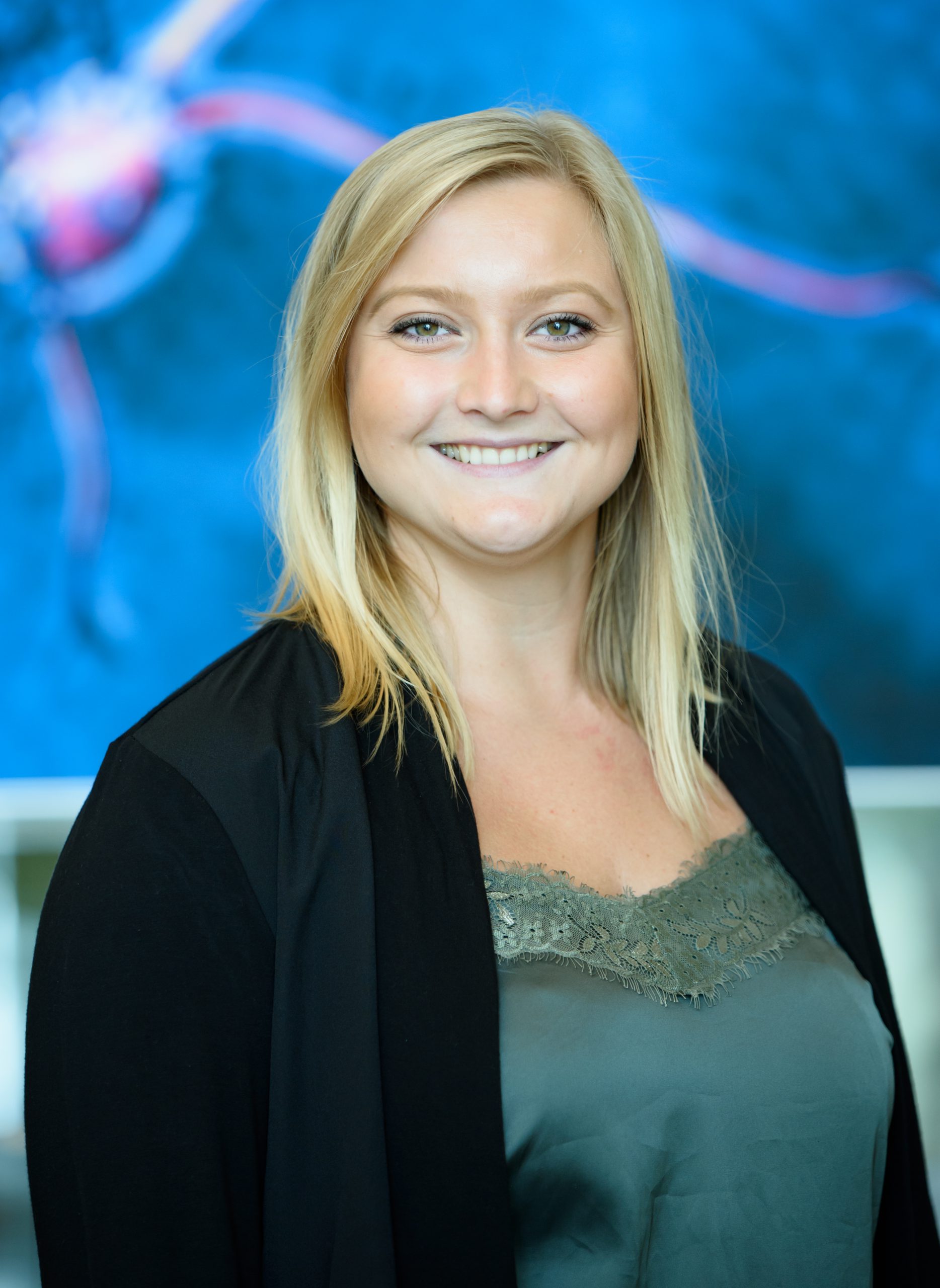Inability to Phosphorylate SERT Thr276 Precludes Transporter Activation by p38 MAPK Signaling and Drives Sex-Dependent Changes in Repetitive and Social Behavior
|
1 International Max Planck Research School for Brain and Behavior, Max Planck Florida Institute for Neuroscience, Jupiter, FL USA |

|
The serotonin (5-HT) transporter (SERT) is a key regulator of 5-HT signaling in the central nervous system and periphery and is a major target for antidepressants (e.g. SSRIs) and psychostimulants (e.g. cocaine, MDMA). SERT gene variants have been associated with multiple psychiatric disorders including depression, obsessive-compulsive disorder (OCD) and autism spectrum disorder (ASD), necessitating a better understanding as to how SERT protein trafficking and function are normally regulated. Accumulating evidence implicates phosphorylation of SERT at Thr276 by PKG, and perhaps p38a MAPK, as a determinant of SERT conformational dynamics. To understand the functional importance of SERT phosphorylation at Thr276, we used transient transfection to investigate regulatory mechanisms of human SERT at Thr276 in vitro and generated Thr276Ala KI mice using CRISPR/Cas9 technology to constitutively preclude phosphorylation at Thr276 in vivo. In vitro, the SERT Thr276Ala mutant did not impact basal SERT activity, but PKG and p38 MAPK-induced SERT activation was eliminated, supporting an essential requirement for Thr276 phosphorylation in PKG/p38 MAPK functional modulation of 5-HT transport. Interestingly, SERT Ala276 mice demonstrated sex-dependent changes in repetitive and social behavior. More specifically, male SERT Ala276 mice demonstrated diminished social interactions as assessed in the Tube Test. Conversely, female SERT Ala276 mice displayed reductions in marble burying, a measure that may reflect anxiety or OCD-like compulsive behavior. Our ongoing studies capitalize on the availability of the novel SERT Ala276 model to elucidate physiological and behavioral manifestations of 5-HT signaling regulated by SERT Thr276 phosphorylation in vivo.
